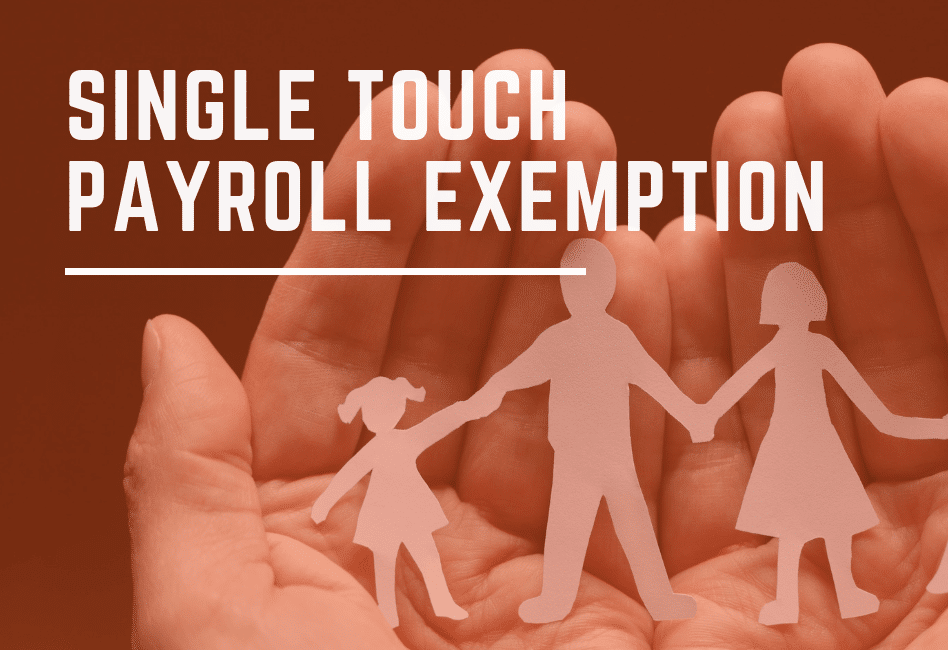
The ATO has provided a concession from single touch payroll for payments by small employers to closely held payees.
Single touch payroll (STP) was extended to cover all employers on 1 July 2019. For directors of their own company or for family businesses employing family members, there are some practical problems with STP – sometimes they don’t know exactly what their salary or wages are for the year until just after the end of the financial year. STP however demands that payments are reported to the ATO in real time.
A new concession allows payments made by small employers with 19 or less employees to closely held payees, such as directors and family members, to be exempt from STP until 1 July 2020. Payments to arm’s length employees will need to be reported using STP.
There is no need for entities to apply to the ATO for the concession, although the ATO will need to be notified of closely held payees. For 2019-20, employers using the concession will report as they have in the past, issuing payment summaries at year end to affected employees.
Who is a closely held employee?
A closely held payee is someone who receives non-arm’s length payments, that is, they are directly related to the entity from which they receive payment. For example:
- family members of a family business
- directors or shareholders of a company
- beneficiaries of a trust
What happens after 1 July 2020?
From 1 July 2020, employers making payments to closely held employees will have the option of reporting these payments quarterly. The ATO expects the employer to make a reasonable estimate of year-to-date amounts up to and including the last pay day of the relevant quarter. Three methods could potentially be used for this purpose:
- Withdrawals taken by the payee (but don’t include payments of dividends or payments which reduce liabilities owed by the business to the closely held payee).
- Calculating 25% of the total salary or director fees from the previous year or the year of the last lodged tax return of the closely held payee.
- Vary the previous years’ amount (to take into account trading conditions) within 15% of the total salary or directors fees for the current financial year.
If a business chooses to report closely held payees quarterly, they will have until the due date of their 2021 tax return to finalise the information that has been reported for the year and make any adjustments to the amounts that have been reported.
There are some practical problems still to be worked through, like what happens if you overestimate income and pay too much superannuation? Unlike tax payments, superannuation cannot normally be refunded if contributions exceeded the amount that was required to be paid.
For more information refer to the ATO website or contact us at HTA.

